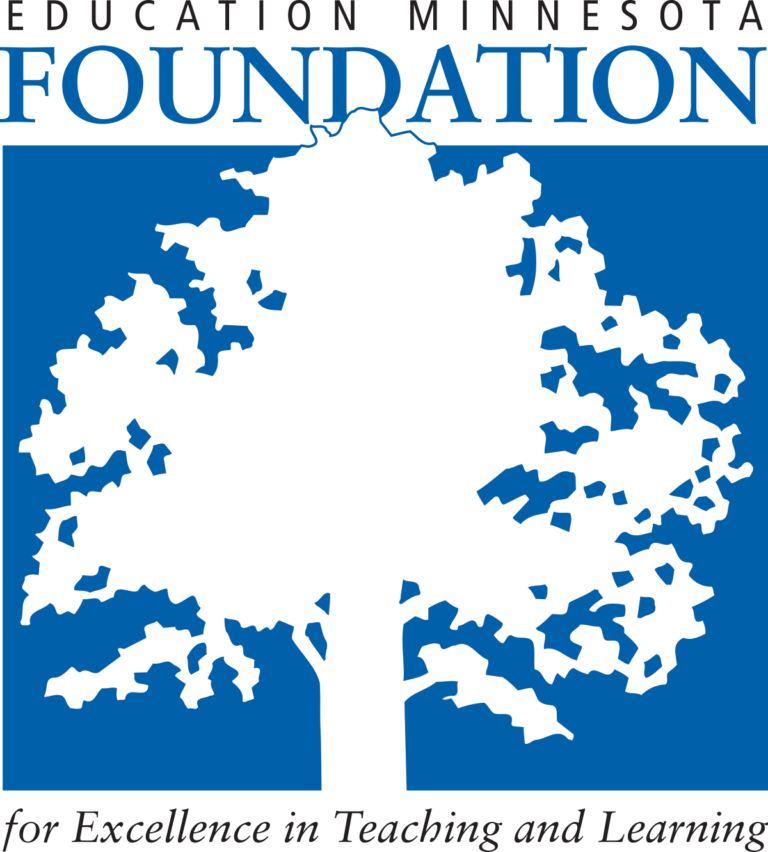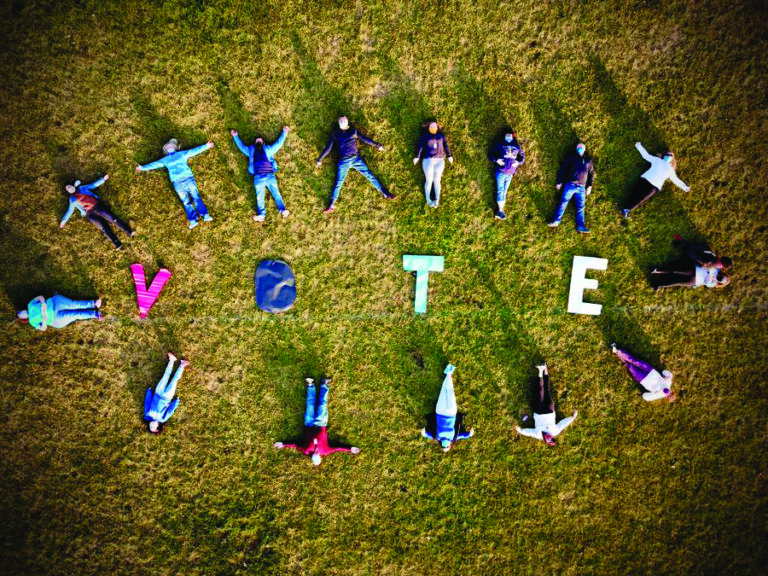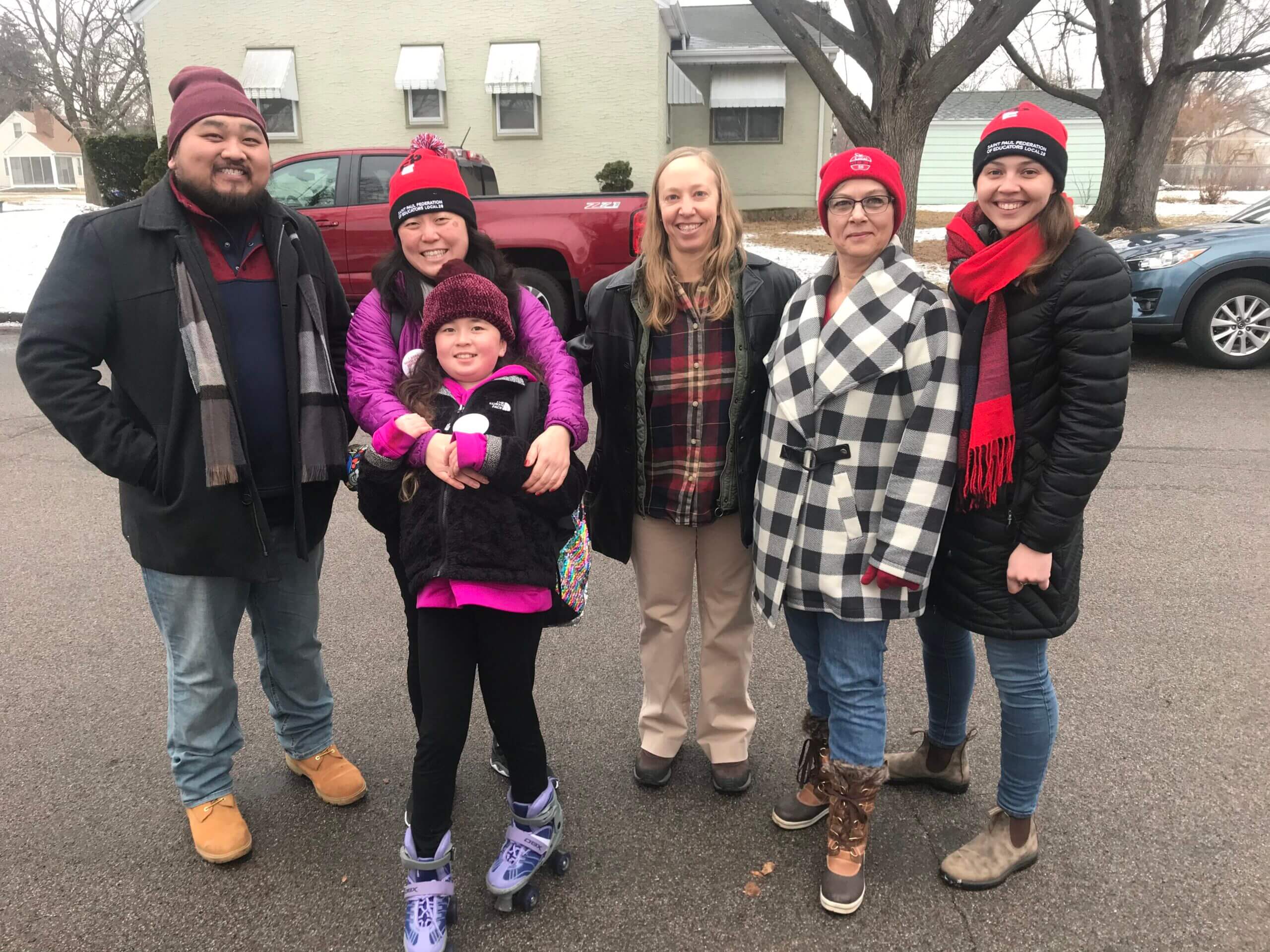Education Minnesota’s Educator Policy Innovation Center will release two new research papers this spring in response to two education crises — improving equity in our state’s child care system and responding to the disrupted learning brought on by the COVID-19 pandemic.
Minnesota’s Birth-4 Care and Education System
Minnesota has an expensive and inequitable system for providing care and education for children ages birth-4, and it is a system that is in need of a dramatic overhaul. This paper reviews academic research and explores programs and practitioners across the country to find examples of more comprehensive, equitable care and education to their youngest learners.
“This project aims to increase access and equity in early childhood education for children in Minnesota, specifically in pre-kindergarten,” said Rachel Johnson, a kindergarten teacher who sat on the EPIC team for Education Minnesota. “Adults, teachers and policymakers can better meet the current and future needs of children by addressing the research and recommendations for equitable access to high-quality early childhood.”
In early 2019, Education Minnesota and ISAIAH began to wonder about the potential to partner together to improve equitable outcomes for birth-4-year-olds and at the same time lift up the workforce that cares for and educates those children, a workforce that has been systematically denigrated, undercompensated, and lacks access to the kinds of professional development our children need them to have.
This paper is the result of 18 months of conversation, exploration, relationship-building, research and circle time together with a team composed of members of both Education Minnesota and Kids Count On Us and five staff members from the two organizations.
The paper’s key findings:
- The argument children ages birth-4 need nothing more than a safe place to be while their parents are in the workforce, commonly thought of as “care,” is false.
- The argument that holds that K-12 is strictly about “education” and not about “care” is false.
- Minnesota has ignored the critical needs of our birth-4-year-olds and suffers damage that will last for decades because of it.
- We must find a way to create access to equitable and high-quality care and education for all our state’s birth-4-year-olds who need it.
- The birth-4 care and education workforce has been historically maligned, undercompensated, and unsupported, and these conditions are currently at crisis levels.
- We must, both immediately and over time, address the needs of the workforce dedicated to caring for and educating our youngest citizens.
- Doing so will require Minnesota to raise revenue and to commit to a complete overhaul of its birth-4 system.
The paper’s recommendations:
- Create a new state agency, the Minnesota Department of Early Care and Education, so that the state’s governance system can use the same vocabulary and align practices.
- Create regional Early Care and Education Hubs that are overseen by boards, representatives of public schools, special education practitioners, child care centers, home care centers and community members.
- Create a mixed-delivery pre-K system aligned with the early indicators of progress and built on equitable practices that excludes no family wanting access.
- Create a sustainable funding source so that low-income families pay nothing and all other families pay up to, but no more than, 7% of family income, regardless of number of children in birth-4 system.
- Create a community needs assessment tool to be used on an ongoing basis by the Early Care and Education Regional Hubs.
- Fund the regional hubs sufficiently so that they can respond to the community needs assessments with the appropriate services needed by the families in their communities.
- Create a funding mechanism to immediately raise the wages of the birth-4 workforce and to increase compensation, benefits and professional development via a career-wage ladder on-ramping process.
Disrupted Learning, COVID-19 and Public Education in Minnesota
The pandemic caused by COVID-19 has forced educators to move most instruction to screens and chatrooms. Now, elected officials are asking if students are experiencing learning loss.
This EPIC paper reinforces that COVID-19 is not the cause of the inequities within the public school system; it is merely the flashlight that is illuminating the problems we always knew existed. The pandemic is certainly intensifying the structural problems that disadvantage too many students, especially students of color, but neither it nor educators are to blame for students being “so far behind.”
“I feel like this alone should spur us to experiment, research, listen to the needs of those we are serving, meeting them where they are, learning from them and supporting student growth and achievement with a culturally responsive lens,” said Mary Ellen Baisley, a school counselor who sat on the EPIC team.
The EPIC paper explores public education in Minnesota during the pandemic, research from previous learning interruptions like natural disasters and what policy interventions can help repair the inequities that have been exacerbated by COVID-19.
The paper recommends Minnesota’s leaders start accounting for the inequities within public education by providing much needed funding. In addition, the state should:
- Provide funding for districts to offer quality, equitable extra-time programming.
- Give educators the time and resources needed to address the unprecedented levels of trauma caused by the pandemic and other moments of collective trauma experienced in 2020.
- Endorse a “do-no-harm approach” to student assessment. This will require rethinking the purpose and utility of standardized assessments.
- Encourage districts to start preparing for future disruptions now.
- Close the digital divide.
This is also a moment to completely reimagine public education. In particular, lawmakers should:
- Direct state agencies to study how reduced class-sizes during hybrid learning impacted student learning and classroom management.
- Convene a group of education experts to examine the traditional school calendar and the traditional school day.
- Consult educators working with students identified for special education on how some students, particularly students with autism or an emotional-behavioral disorder diagnosis, thrived in online learning.
- Ask researchers to look at any correlations between distance learning and decreases in bullying and harassment directed at LGBTQ+ students.
- Provide more funding for full-service community schools.
“We may need to reexamine how we engage with the communities we serve, what we teach, how we teach it, how we structure our services and how we assess our students,” said Natalia Benjamin, a multilingual and ethnic studies teacher who sat on the EPIC team. “The proposed recommendations are a good start to find solutions as we strive to provide equitable opportunities for the students and families who need them the most.”
The full reports, as well as more information on EPIC, are available on Education Minnesota’s website.





